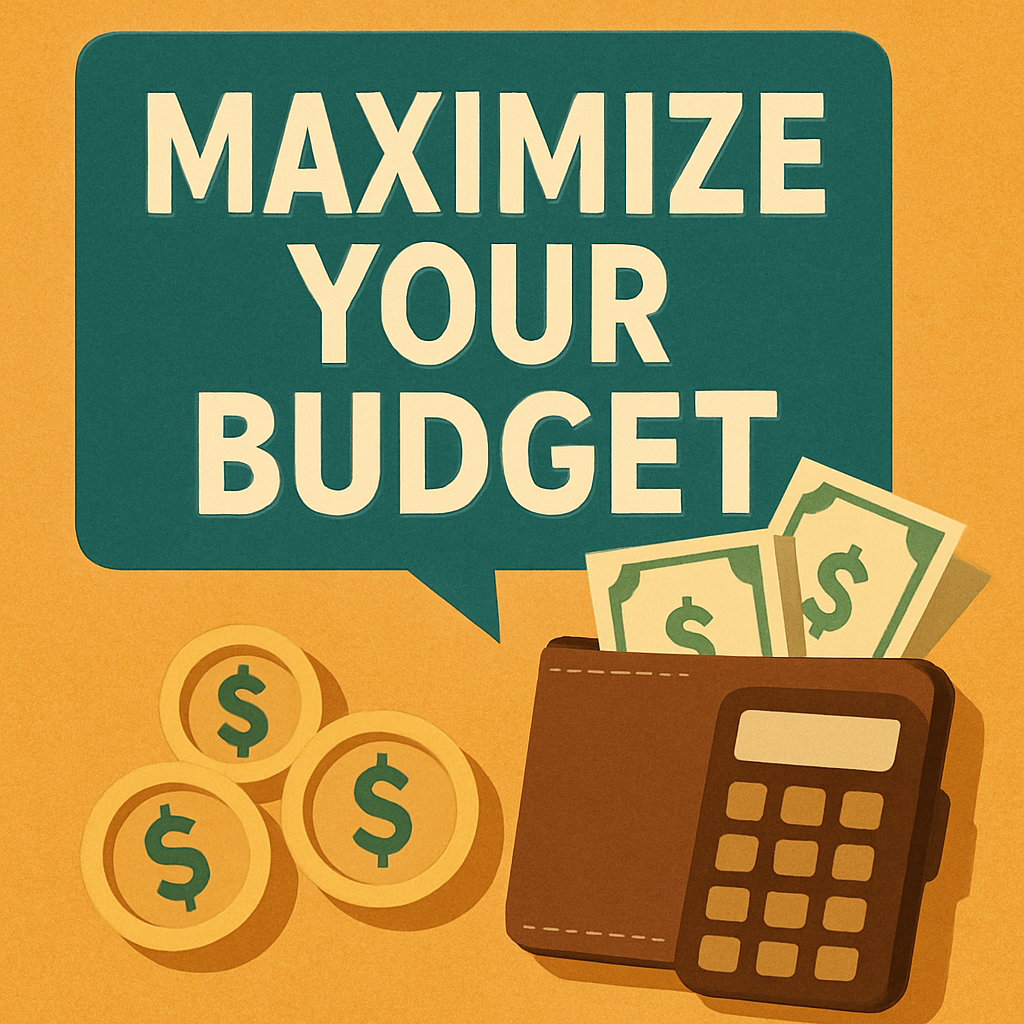Measuring the Non-Monetary Value of your Exhibition Program
April 23, 2010

By: Barry Siskind
Looking at the return on your exhibit investment often has to do with monetary gains. But what if you are among the many exhibitors whose objective has nothing to do with sales?
Are these exhibitors doomed to a life of never knowing whether their exhibit program is yielding value? The answer is “no”. Corporate and not-for-profit exhibitors can enjoy a non-monetary value of their exhibition program if they know where to look.
The 2009 Center for Exhibition Industry Research study called “The Cost Effectiveness of Exhibition Participation reported that over two thirds of respondents either agreed or strongly agreed with the following three statements:
- Exhibitions increase corporate and/or brand recognition,
- Exhibitions assist in gaining/retaining market share,
- Fewer sales calls are needed with an exhibition lead because the decision maker was able to meet with staff at the exhibition.
The conclusion was that there is additional value to a show beyond the ability to generate leads. Exhibitors who focus on lead generation alone look for a return on investment (ROI). Exhibitors who focus on non-monetary objectives look for a return on objectives (ROO)
Calculating ROO is a matter of taking the following steps.
1. Articulate your objective
Non-monetary objectives include such things as your ability to reinforce relationships with existing customers, introduce a brand message or create awareness. The trick is to think carefully about what is the primary focus of your exhibit.
2. Identify who the message is for
Except in the case of a highly focused show, rarely will one message be of interest to all the attendees at a show. It is important to create a profile of the person who will most likely respond positively to your messages.
3. Quantify
Putting a number to the objective is simplified once you have completed the first two steps. Your quantified objective now reads, “I want to introduce three key messages to fifteen senior buyers of large chain store. See how clear it can become?
4. Determine your performance indicators
You now need to ask the question “How will you measure the results?” The answer to this question is in your performance indicators which are the tools you will use for measurement. Performance indicators can include such things as surveys, post-show web-traffic, or appointment with qualified buyers. Choose the performance indicator that makes most sense for measuring the specific objective. When you change your objective you may also need to consider changing the performance indicator.
5. Establish your benchmarks
Benchmarks are an important consideration with non-monetary objectives. Benchmarks provide you with an objective method of measuring improvement.
Let’s say that your non-monetary objective is to reinforce brand awareness and you choose to measure it with a survey of trade show booth visitors. Before visitors leave you should ask them a few pointed questions which will reveal their perception of your brand before they entered the trade show booth and the change in their perception after the visit. Let’s say that at a show you found an increase of 20% in visitor’s awareness of your brand message. The next time you go to this show you now have a benchmark which you can use when making changes to your display and your booth personnel’s approach. You might target to increase the percentage or leave the percentage the same but at a lower cost.
You may always have thought that there was real value in your exhibit program. Now you have a way to prove it.





